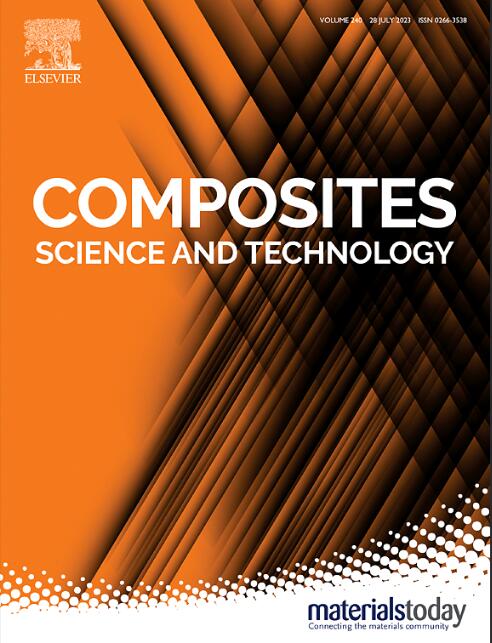Structure, mechanical properties, and finite-element modeling of an Al particle/resin composite
IF 8.3
1区 材料科学
Q1 MATERIALS SCIENCE, COMPOSITES
引用次数: 0
Abstract
Dynamic mechanical properties and deformation mechanisms of a powder sintered Al/resin interpenetration phase composite are systematically investigated. Uniaxial compression experiments are conducted with material testing machine, drop-weight testing system, and split Hopkinson pressure bar, along with bulk-scale constitutive modeling, covering a wide range of strain rates (0.001 s−1 – 4000 s−1). Synchrotron-based in situ computed tomography (CT) is applied to obtain initial meso-scale structure and its evolution during quasi-static loading. A meso-scale finite element model is then established. Both bulk- and meso-scale finite element simulations are in agreement with the experiments. The effects of strain rates on mechanical properties and meso-scale structures of the Al/resin composite are then discussed. The Al/resin composite shows multiple meso-scale deformation modes, including pore collapse, resin sliding, and rotation and compression of Al particles. The relatively high-strength component transits from aluminum to resin with increasing loading strain rate. The porosity decreases linearly with increasing engineering strain, regardless of loading strain rate. Localized deformation bands are observed in resin component, and become dispersed with increasing strain rate. The rotation of Al particle begins in an early stage of dynamic compression loading, but at a later stage during the quasi-static loading.

求助全文
约1分钟内获得全文
求助全文
来源期刊

Composites Science and Technology
工程技术-材料科学:复合
CiteScore
16.20
自引率
9.90%
发文量
611
审稿时长
33 days
期刊介绍:
Composites Science and Technology publishes refereed original articles on the fundamental and applied science of engineering composites. The focus of this journal is on polymeric matrix composites with reinforcements/fillers ranging from nano- to macro-scale. CSTE encourages manuscripts reporting unique, innovative contributions to the physics, chemistry, materials science and applied mechanics aspects of advanced composites.
Besides traditional fiber reinforced composites, novel composites with significant potential for engineering applications are encouraged.
 求助内容:
求助内容: 应助结果提醒方式:
应助结果提醒方式:


